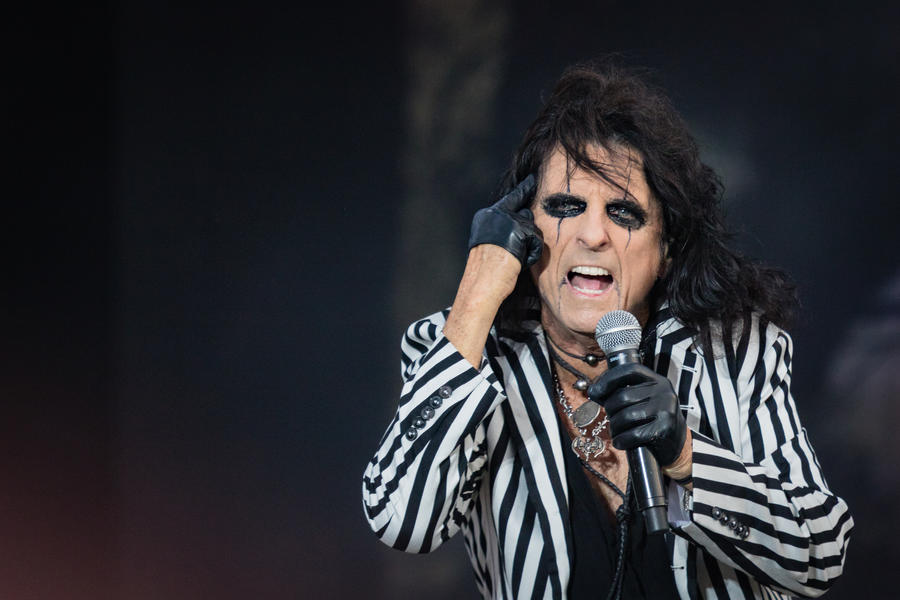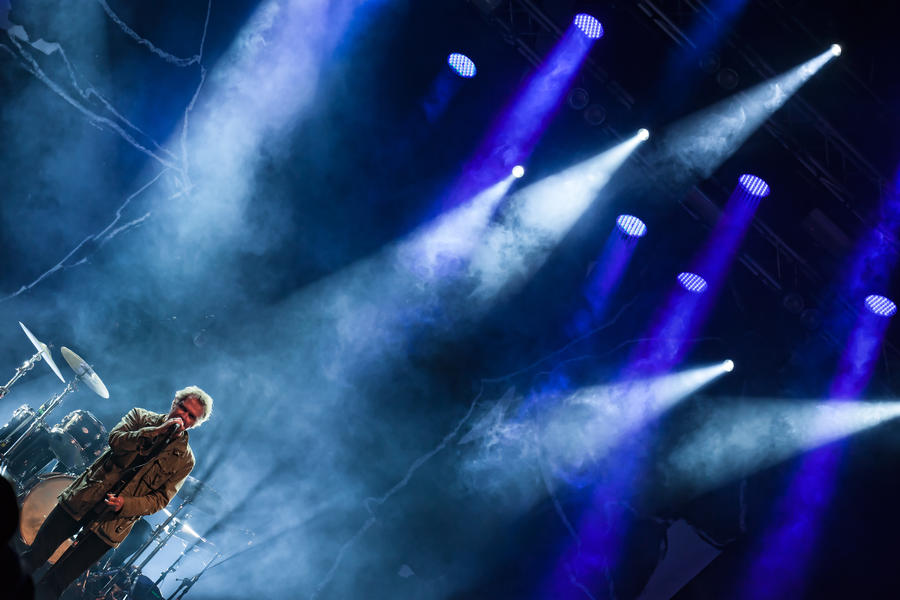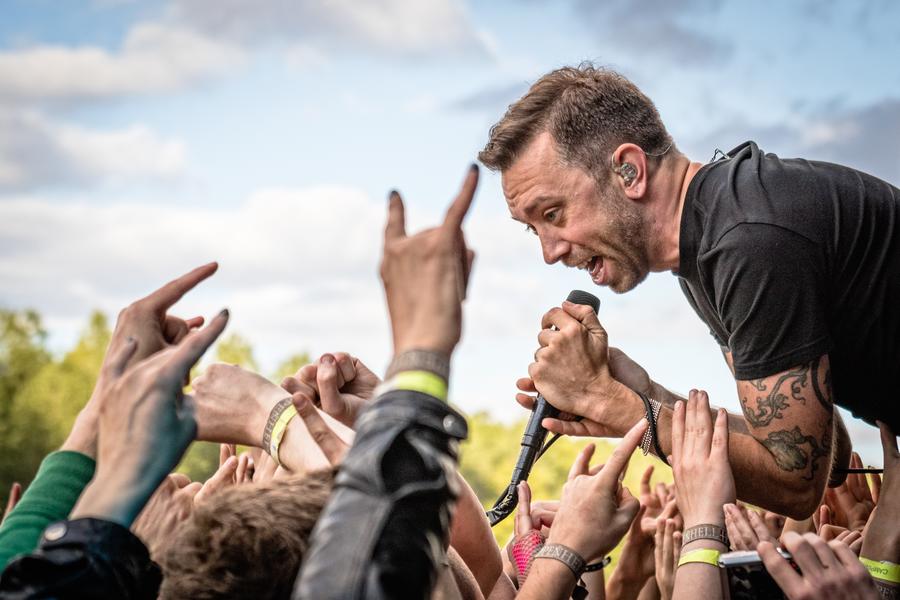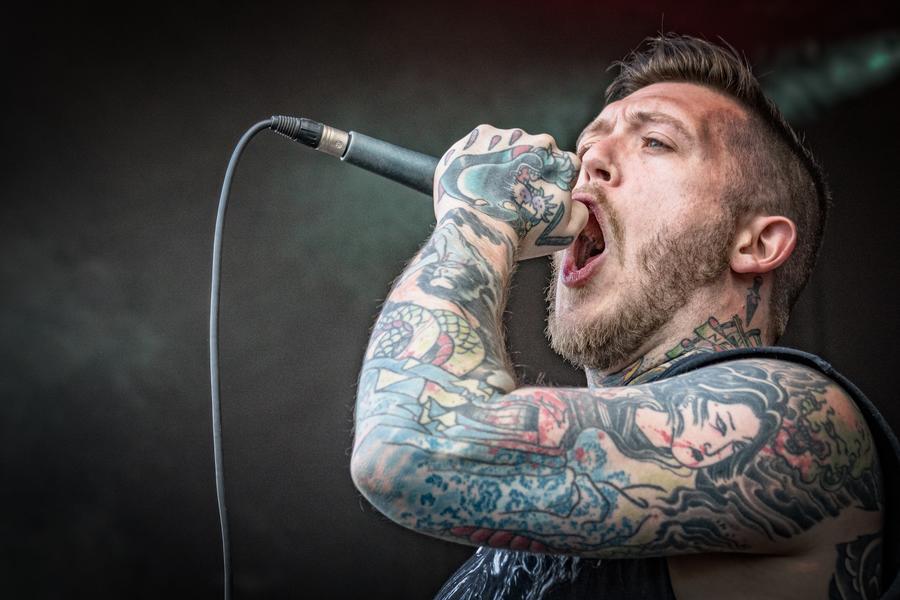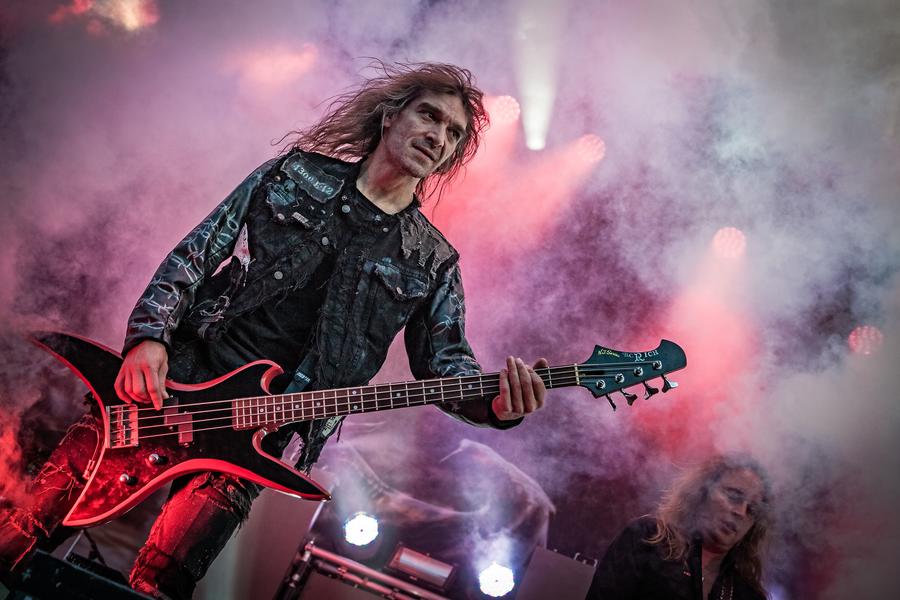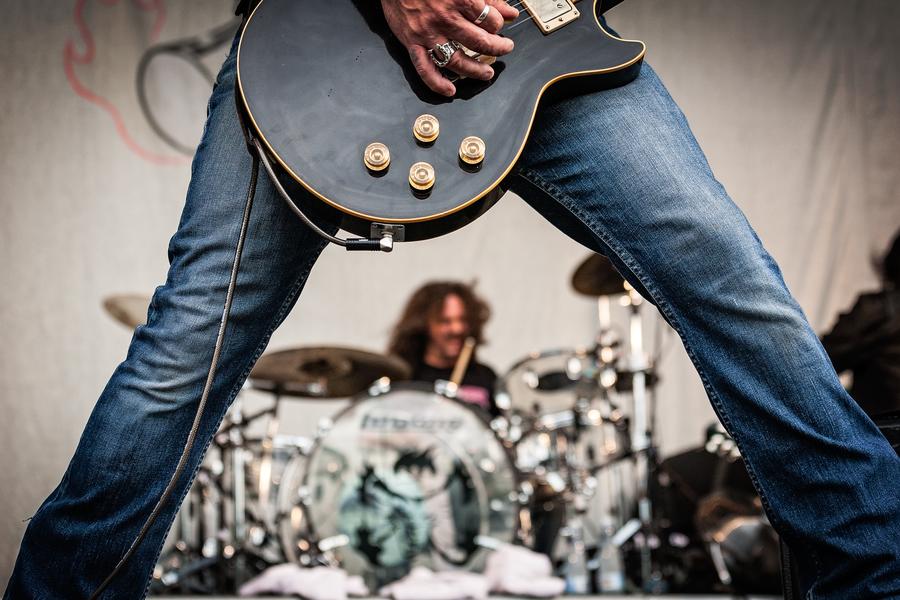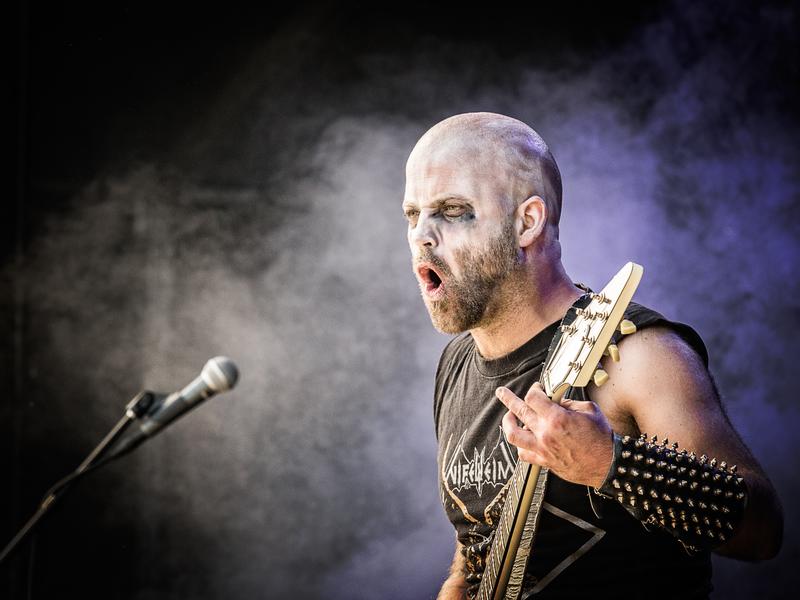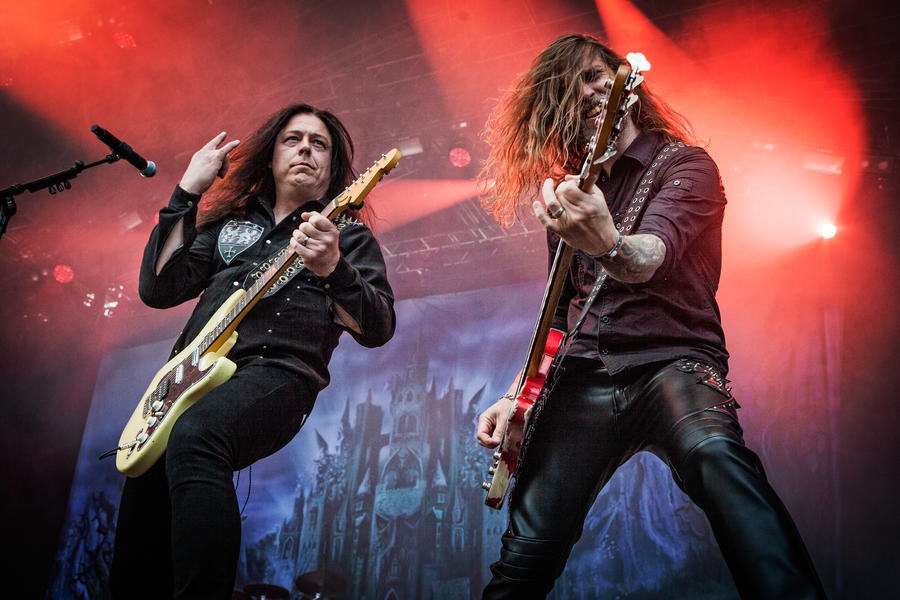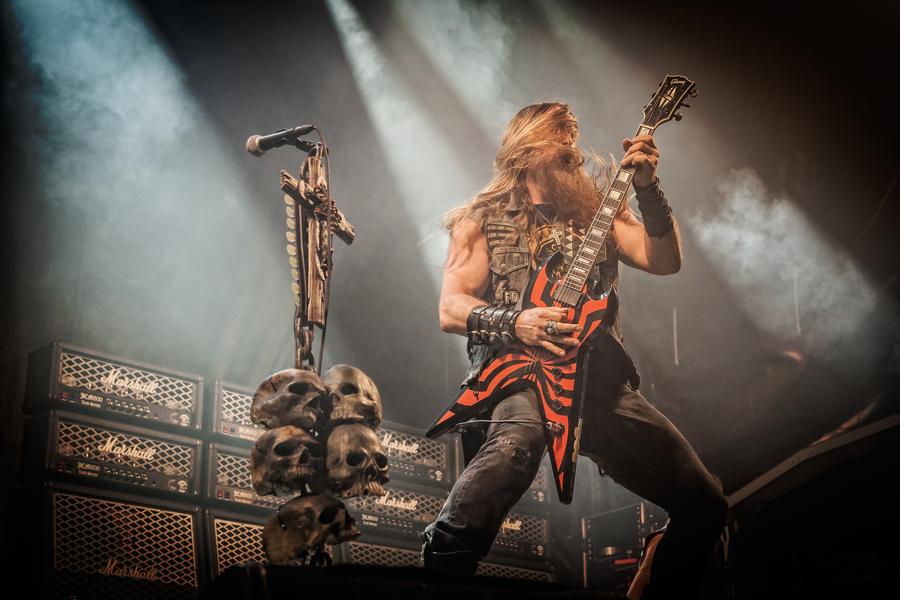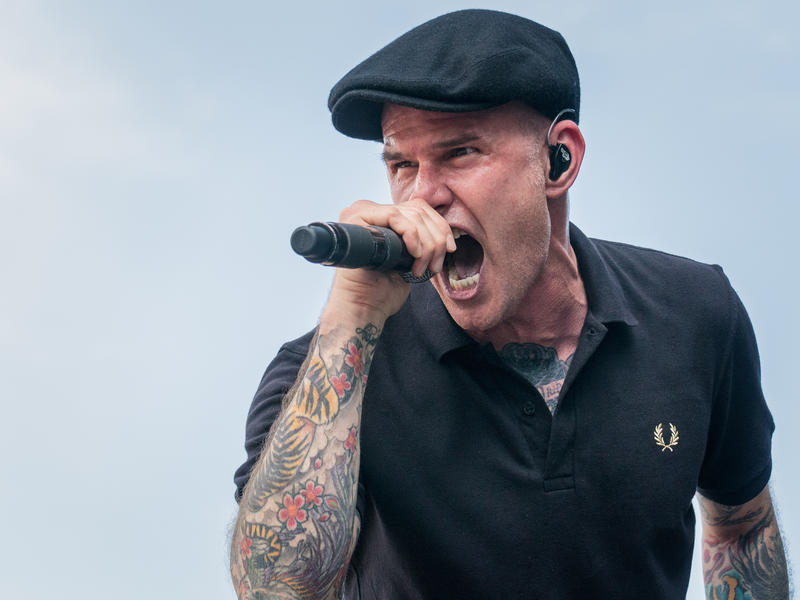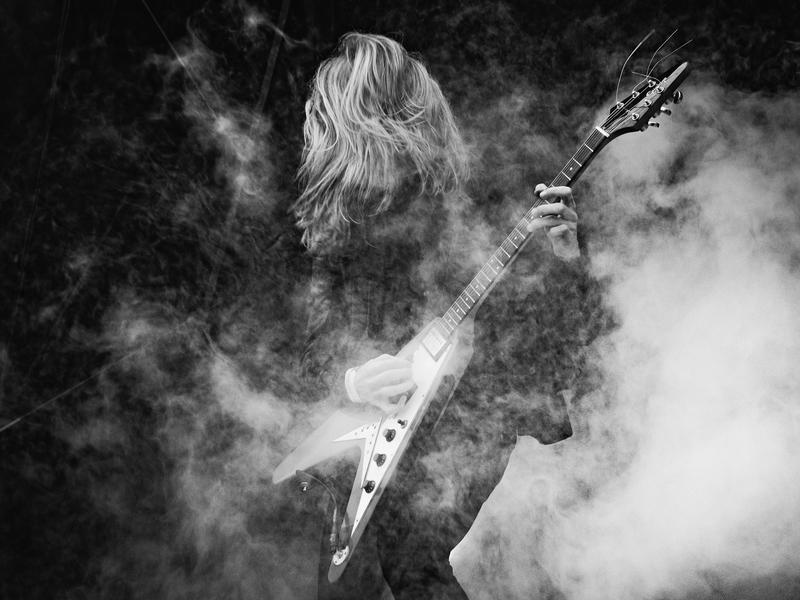Live music events are vibrant and exciting subjects. Music photographer Stefan Nielsen offers some bite-sized tips to set you on your way to photographing your first concert
‘Alice Cooper II’, Canon EOS 7D Mark II, 70-200mm, 1/400sec at f/4.5, ISO 400
Try and secure a press pass
The important thing is to try and build up your portfolio. Visit clubs and small venues and ask if you can take images of their events. They’re likely to be receptive so don’t feel shy about approaching them. Once you’ve got a few shows under your belt, try reaching out to some local newspapers, magazines or websites. They can help you secure a press pass so you can start shooting at bigger events.
‘CV Jørgensen I’, Canon EOS 5D Mark II, 1/200sec at f/71, ISO 800
You’ll have to scramble to get the best view
If you have a press pass and are free to shoot in the photographer’s pit, your opportunity is usually restricted to shooting just the first three songs, so you need to work fast and confidently. It’s always crowded in the pit, so everyone is trying to get the best point of view. Obviously don’t be forceful, but also don’t be afraid to stand your ground a little.
However, it could be that you don’t have a press pass. In those instances, you’ll have to get to the venue early and get to the front before it gets too crowded. The fact is, once you’re there it’s near impossible to move position so sometimes you just have to hope for the best.
‘Tim Mcllrath – Rise Against’, exposure unknown
Watch footage of the bands on YouTube to get a sense of how they perform
One good tip is to check out some live footage to see how the band place themselves on the stage – they more often than not stick to a tried and tested formula. Then you can pre-plan your shots. Also, note which hand the singer uses to hold the microphone and try and position yourself on the side.
‘Krokodil’, Canon EOS 7D Mark II, 70-200mm, 1/640sec at f/5, ISO 400
Shoot with a portable and light camera
I used to use Canon cameras (5D Mk II and 7D Mk II) but have recently switched to the Fuji X-T2. The reason for the change was dictated by the Fuji’s better ISO performance and the fact that the camera is lighter and easier to carry. That’s important when you carry two cameras and a bunch of lenses for a whole day.
‘Kreator’, Canon EOS 5D Mark II, 24-105mm, 1/250sec at f/5.6, ISO 800
Be disciplined about your use of lenses
If I’m in the pit, I mainly use a 16-55mm f/2.8 zoom and a fisheye lens. If I’m in the crowd I also use a 55-140mm f/2.8. These lenses cover all of my needs for different crops and different perspectives. Experiment with your optics before you get to the venue and see what will work better for you. The last thing you want it to be weighed down by lenses and to lose a great shot because you’re busy switching lenses.
‘Monster Magnet II’, exposure unknown
Shoot handheld and leave your flash at home
I always shoot handheld. Monopods and tripods are cumbersome to carry around and get in the way of other photographers and the members of the crowd. And make sure you never use flash! Many venues ban its use and it’s a massive distraction for the band.
‘Horned Almighty’, Canon EOS 7D Mark II, 70-200mm, 1/400sec at f/5.6 ISO 400
Set your camera to shutter priority
Shoot in shutter priority. Your main concern is freezing the action on stage. Somewhere around 1/125sec is ideal. If you’re concerned about low light, bump up the ISO, though you’ll soon realise your camera’s auto ISO function is more than capable of looking after itself. Today’s cameras have excellent ISO capability and can go up to ISO 6400 and beyond without risk of noise.
‘Hammerfall’, Canon EOS 5D Mark II, 24-105mm, 1/1000sec at f/5.6, ISO 400
Set your camera to single shot autofocus
I tend to stick to single shot autofocus though you may find that you’re more comfortable setting your camera to continuous autofocus is your band’s frontman is feeling particularly sprightly.
‘Black Label Society II’, Canon EOS 5D Mark II, 24-105mm, 1/1250sec at f/4.5, ISO 1600
Carry spare batteries and memory cards
The last thing you want is for your camera to die and then realise you have no spare batteries. Make sure you have plenty on you and make sure they’re fully charged before you leave the house. And always have spare memory cards! You should always shoot raw files and these are much bigger than simple jpeg files. Your cards will fill quickly so have plenty of backups.
‘Drop Kick Murphys’, Canon EOS 7D Mark II, 70-200mm, 1/800sec at f/5.6, ISO 400
Keep your post-production work to a minimum
All of my images go through Lightroom and sometimes Photoshop. This is just to correct the levels and to remove any noise that’s crept into the shot as a result of using high ISOs. Sometimes I’ll convert my shots to black & white in Silver FX Pro. The point is, keep it minimal.
‘Slægt’, Fujifilm X-T1, 16-55mm, 1/180sec at f/8, ISO 400
